Home>Renovation & DIY>Tools & Equipment>How To Find Stud In Ceiling Without Stud Finder
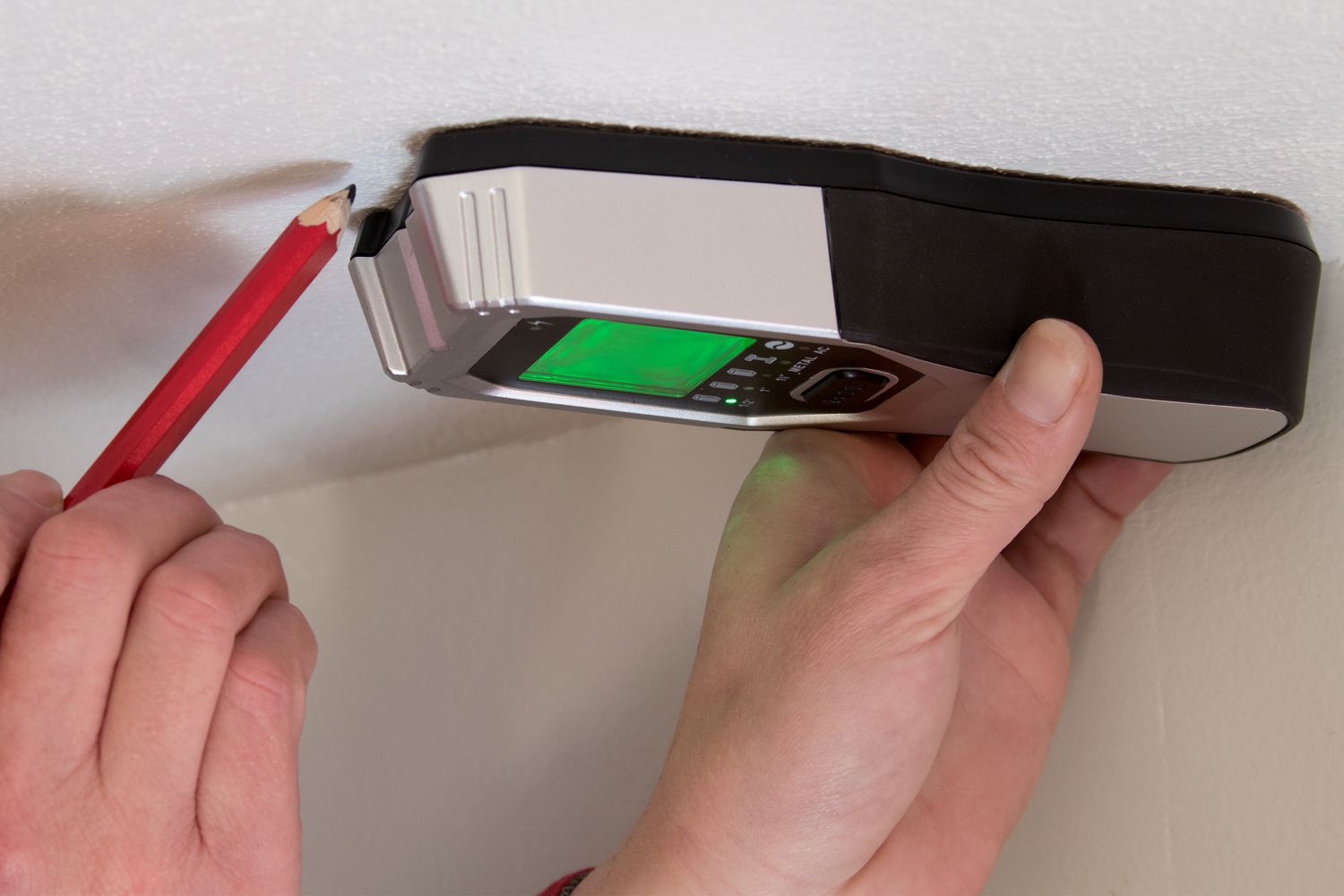

Tools & Equipment
How To Find Stud In Ceiling Without Stud Finder
Modified: April 22, 2024
Learn how to locate a stud in your ceiling without using a stud finder. Discover alternative tools and equipment for finding studs effectively.
(Many of the links in this article redirect to a specific reviewed product. Your purchase of these products through affiliate links helps to generate commission for Storables.com, at no extra cost. Learn more)
Introduction
When it comes to performing home improvement projects, finding the studs in your ceiling is essential. Studs provide the necessary support for hanging heavy objects such as shelves, cabinets, and even light fixtures. While using a stud finder is the most accurate and efficient method, it may not always be readily available. Fortunately, there are alternative methods you can use to find a stud in the ceiling without a stud finder.
In this article, we will explore four different methods that utilize visual cues, magnets, tape measures, and even a knocking technique. These methods will help you locate the studs in your ceiling, enabling you to confidently hang items securely and avoid damaging your walls.
Whether you are a DIY enthusiast or simply looking to accomplish a small project around the house, these techniques will come in handy when a stud finder is not accessible. Let’s dive into these methods and discover how you can find a stud in your ceiling without a stud finder.
Key Takeaways:
- Master alternative methods to find ceiling studs without a stud finder, including visual cues, magnets, tape measures, and knocking techniques. These DIY techniques provide options when traditional tools are unavailable.
- While not as precise as a stud finder, these methods offer effective ways to locate studs in the ceiling, ensuring secure hanging for shelves, cabinets, and light fixtures. Combine techniques for better accuracy and confidence in your DIY projects.
Method 1: Using Visual Cues
One of the simplest methods for finding a stud in the ceiling is by using visual cues. This method involves closely observing your ceiling for any noticeable patterns or indicators that may help you identify the location of the studs.
First, start by examining your ceiling for any visible joists or beams. These are typically thicker sections of the ceiling that run parallel to each other. Joists are structural supports that are often placed at regular intervals, usually 16 or 24 inches apart.
Look for any signs of nails or screws that may be protruding from the ceiling. These could indicate the presence of a stud beneath. You may also notice slight shadows or lines along the ceiling, which could be caused by the framing of the studs.
If you have access to an attic space or crawl space above the ceiling, this can be advantageous. Simply look for the placement of the ceiling joists in these areas, as they are likely to align with the studs below. Marking the locations of the joists in the attic or crawl space can help you locate the corresponding studs in the ceiling.
Another visual cue to look out for is any noticeable changes in texture or paint on the ceiling surface. Often, builders will use joint compound to cover the screws or nails holding the drywall to the studs. Over time, these areas may settle and create small dimples or imperfections on the ceiling surface, indicating the presence of a stud.
Keep in mind that visual cues may not always be accurate, as they are based on assumptions about the construction and framing of your ceiling. It’s always a good idea to use additional methods to confirm the presence and location of studs before proceeding with any heavy-duty hanging projects.
Now that you know how to use visual cues to find studs in the ceiling, let’s move on to Method 2: Using a Magnet.
Method 2: Using a Magnet
If you don’t have a stud finder, don’t worry – you can still find a stud in the ceiling using a simple household magnet. This method exploits the fact that most studs are made of metal, such as steel or iron, which makes them magnetic.
To start, you’ll need a strong magnet. Ideally, a neodymium magnet or a rare earth magnet is the best choice due to their stronger magnetic properties. These magnets can easily detect the metal screws or nails embedded in the stud.
Begin by holding the magnet against the ceiling surface near where you suspect a stud to be located. Slowly move the magnet in a circular or sweeping motion, covering a small area at a time. Pay close attention to any changes in magnetic pull or resistance.
If the magnet is attracted to the ceiling surface and sticks firmly, it is highly likely that you have found a stud. Take note of the location and mark it for future reference when hanging objects.
However, it’s important to note that not all screws or nails within the ceiling indicate the presence of a stud. Electrical boxes, fixtures, or other components may also contain metal fasteners. Therefore, it’s essential to observe the consistency and direction of magnetic pull to differentiate between studs and other metal objects.
If you’re unable to detect any magnetic pull or resistance, it’s possible that the stud is either made of non-magnetic material, or it’s positioned deeper within the ceiling where the magnet’s strength may not reach. In such cases, it’s recommended to combine this method with other techniques or move on to Method 3: Using a Tape Measure.
Now that you know how to use a magnet to find a stud in the ceiling, let’s move on to Method 3: Using a Tape Measure.
Use a strong magnet to locate screws or nails in the ceiling, which are likely attached to a stud. Move the magnet along the ceiling until you feel it pull towards a metal fastener, indicating the presence of a stud.
Method 3: Using a Tape Measure
When you don’t have access to a stud finder, a tape measure can be a practical tool for locating studs in the ceiling. This method relies on the standard spacing between studs, which is typically 16 or 24 inches apart.
Start by measuring the distance from one wall to where you suspect a stud may be located. This measurement should be in multiples of either 16 or 24 inches, as these are the common stud spacing intervals used in construction.
Once you have your measurement, mark the corresponding distance on the ceiling using a pencil or masking tape. This marks the centerline of where the stud is likely to be located.
For example, if you measure 32 inches from the wall and mark it on the ceiling, it suggests that there is a good chance a stud is located in the middle of that measurement.
Repeat this process on the opposite side of the wall to confirm the spacing and alignment. If the marks on both sides line up, it further indicates the position of a stud between them.
Keep in mind that this method is not foolproof, as there may be variations in stud spacing or non-standard construction practices. Additionally, it’s possible that there are no studs present at the specific locations you measure. Therefore, it’s always advisable to use additional methods to verify the presence and location of studs.
Now that you know how to use a tape measure to find a stud in the ceiling, let’s move on to Method 4: Using a Knocking Technique.
Method 4: Using a Knocking Technique
When all else fails, you can resort to a simple but effective method known as the knocking technique to find a stud in the ceiling. This method relies on the difference in sound produced when tapping on a hollow part of the ceiling versus tapping on a solid stud.
To begin, make a fist with your hand and use the knuckles of your middle and index fingers. Gently tap on the ceiling surface, starting close to where you suspect a stud may be located.
Listen carefully to the sound produced. If you hear a hollow, echoing sound, it indicates that you are tapping on an empty space between studs. However, if you hear a solid, dull thudding sound, it suggests that you have found a stud.
Continue to tap along the surface of the ceiling, moving gradually until you consistently hear the solid thud of the stud. Take note of the location and mark it for future reference.
It’s important to note that this method might require some practice and a keen ear to distinguish between variations in sound. Additionally, certain factors, such as the thickness of the ceiling material or the presence of insulation, may impact the sound produced. Therefore, it’s recommended to use this technique in conjunction with other methods for better accuracy.
Now that you know how to use the knocking technique to find a stud in the ceiling, it’s time to wrap up our methods and conclude.
Conclusion
Finding a stud in the ceiling is an important skill for any homeowner or DIY enthusiast. While a stud finder is the most accurate tool for this purpose, there are alternative methods you can use when a stud finder is not available. These methods include using visual cues, a magnet, a tape measure, and a knocking technique.
Visual cues such as joists, shadows, and changes in texture can provide clues about the location of studs. However, they may not always be accurate, so it’s best to use additional methods for confirmation.
A magnet can be used to locate metal nails or screws in the studs, as most studs are made of metal. However, be mindful of other metal objects in the ceiling that may produce a similar magnetic pull.
Using a tape measure, you can measure the standardized spacing between studs and mark the centerline where a stud is likely to be located. This method relies on the assumption that the studs follow a consistent spacing pattern.
Lastly, the knocking technique involves tapping on the ceiling and listening for a solid, dull thud that indicates the presence of a stud. This method requires practice and may be influenced by the thickness of the ceiling material or the presence of insulation.
Remember that these alternative methods may not provide the same level of accuracy as a stud finder, but they can be effective in a pinch. It’s always advisable to use a combination of these methods for better accuracy and confirmation of stud locations before proceeding with any hanging projects.
By mastering these techniques, you can confidently hang shelves, cabinets, or light fixtures, knowing that they are firmly secured to the studs in your ceiling. Happy DIY-ing!
Frequently Asked Questions about How To Find Stud In Ceiling Without Stud Finder
Was this page helpful?
At Storables.com, we guarantee accurate and reliable information. Our content, validated by Expert Board Contributors, is crafted following stringent Editorial Policies. We're committed to providing you with well-researched, expert-backed insights for all your informational needs.
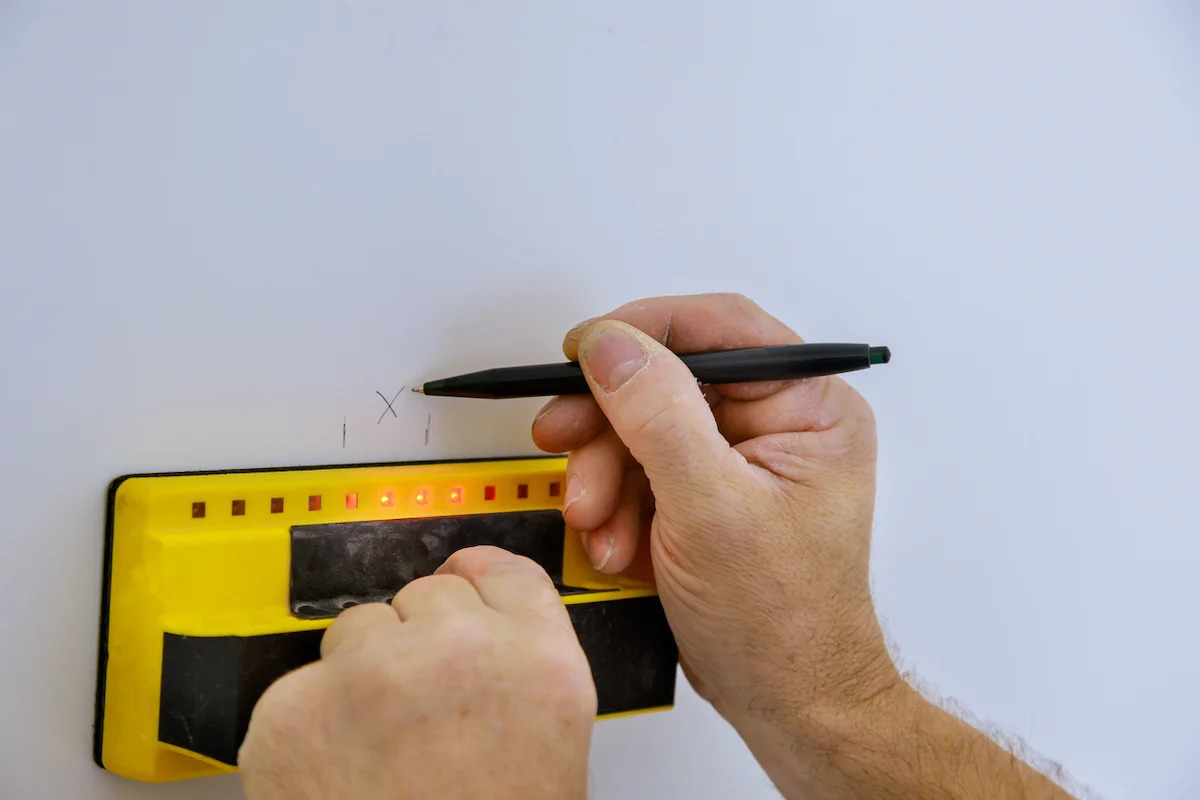
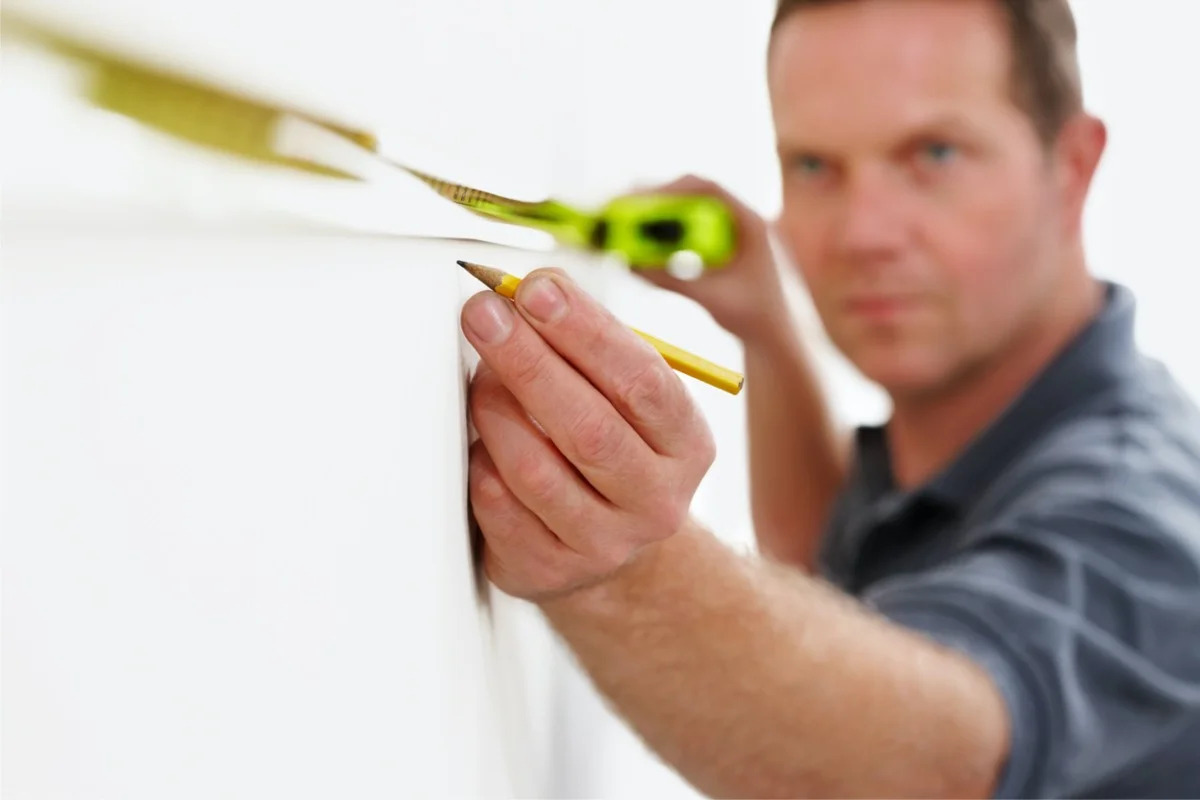
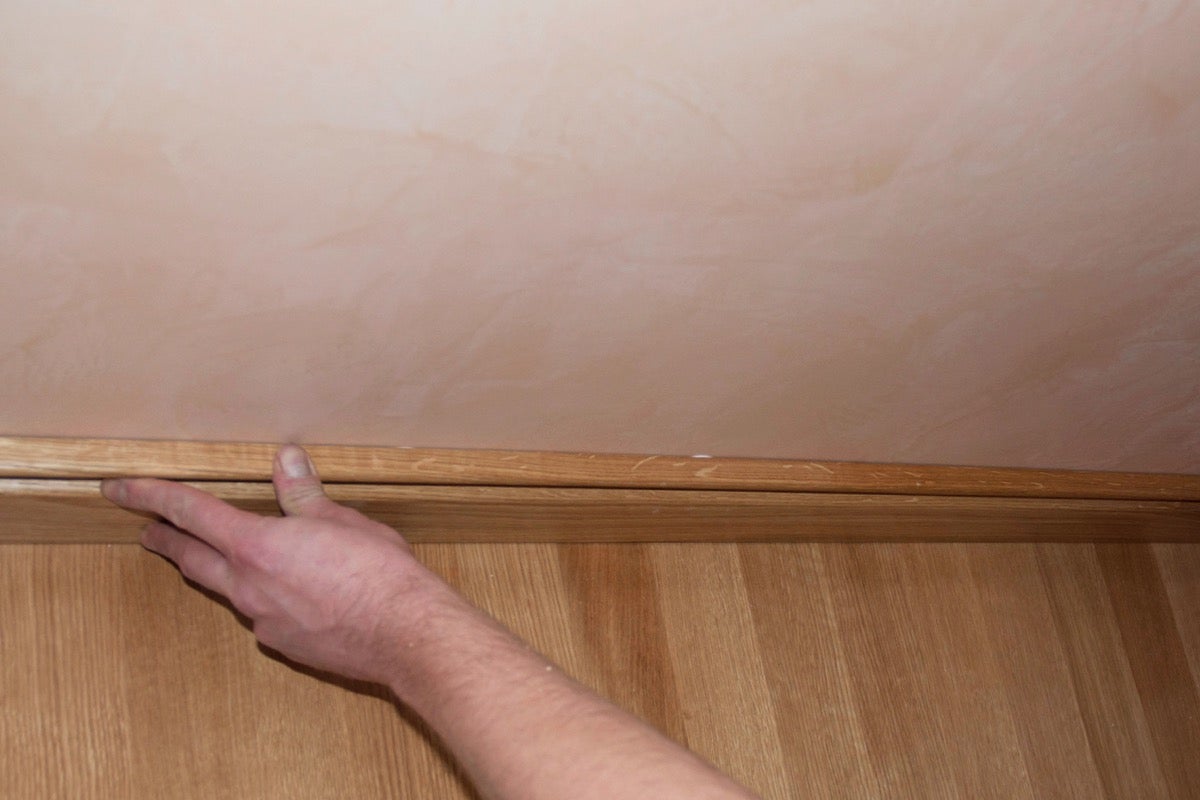
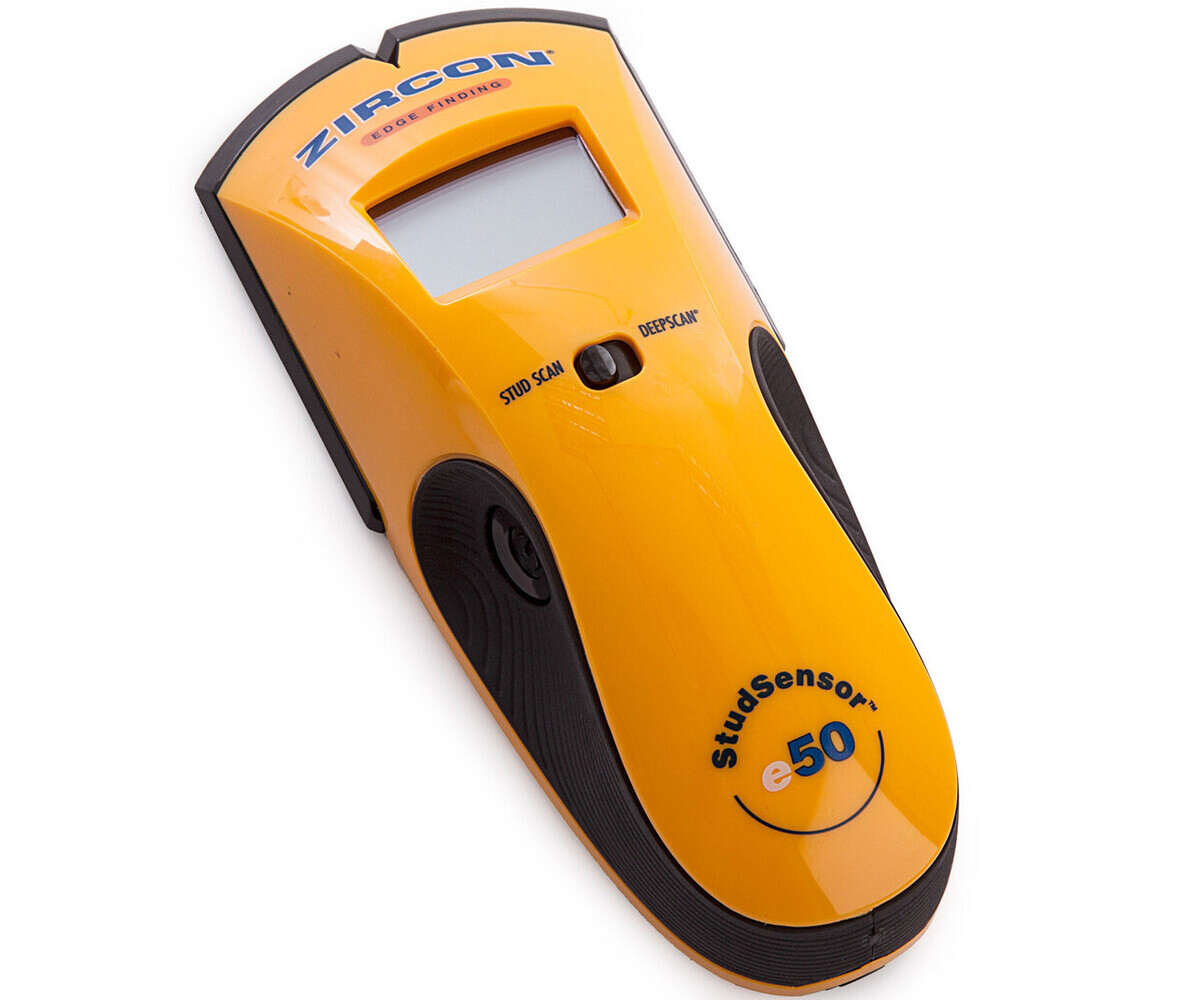
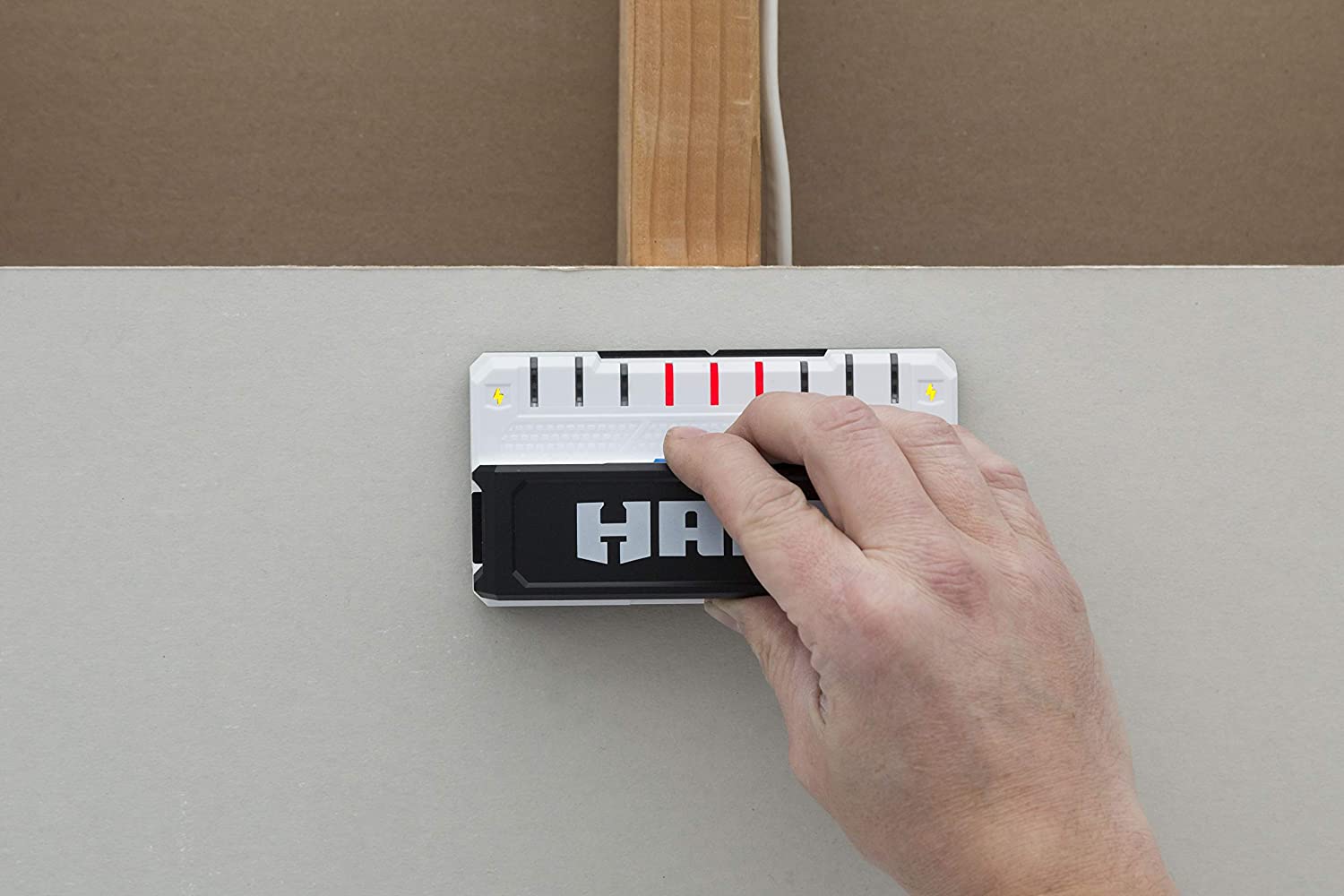
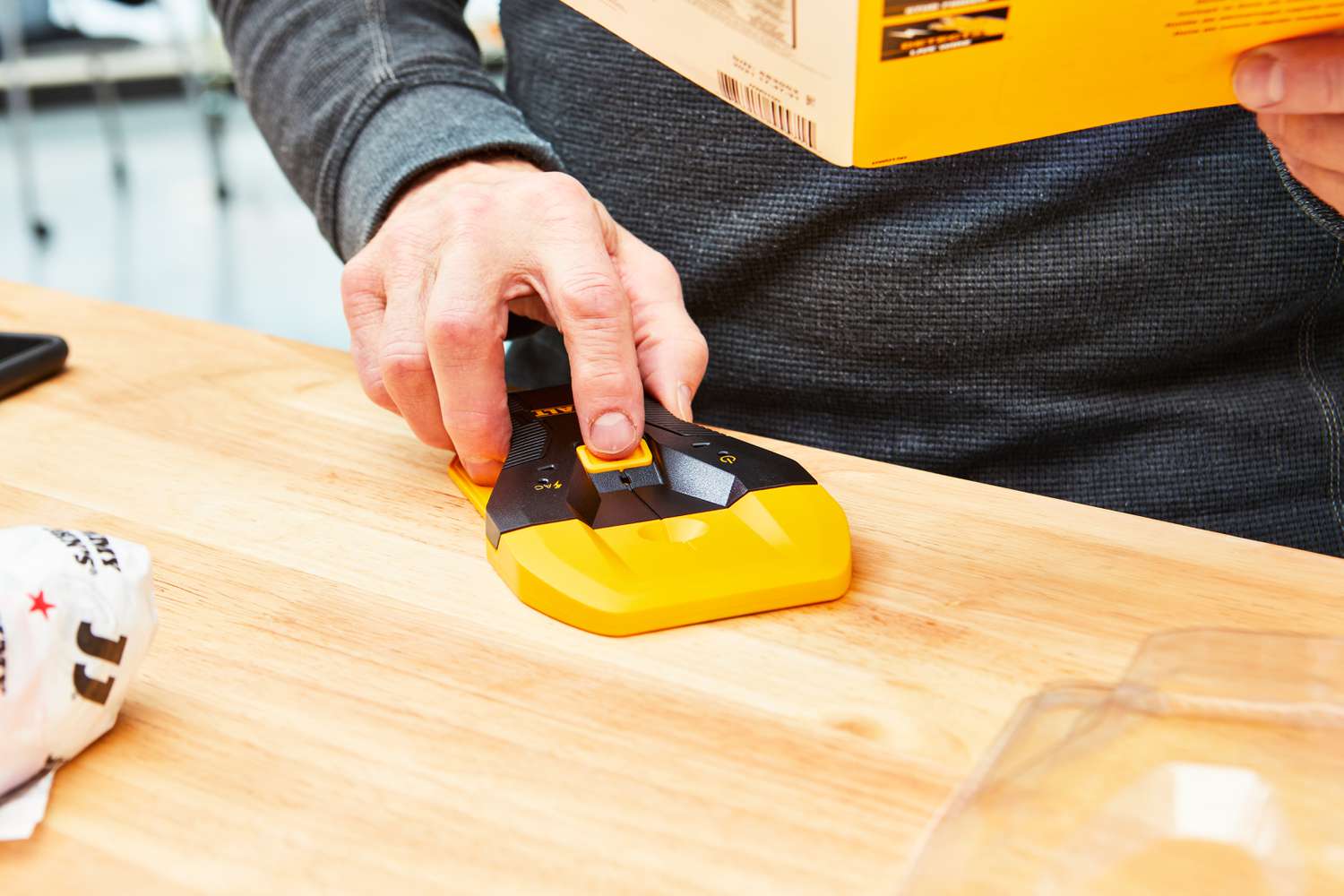
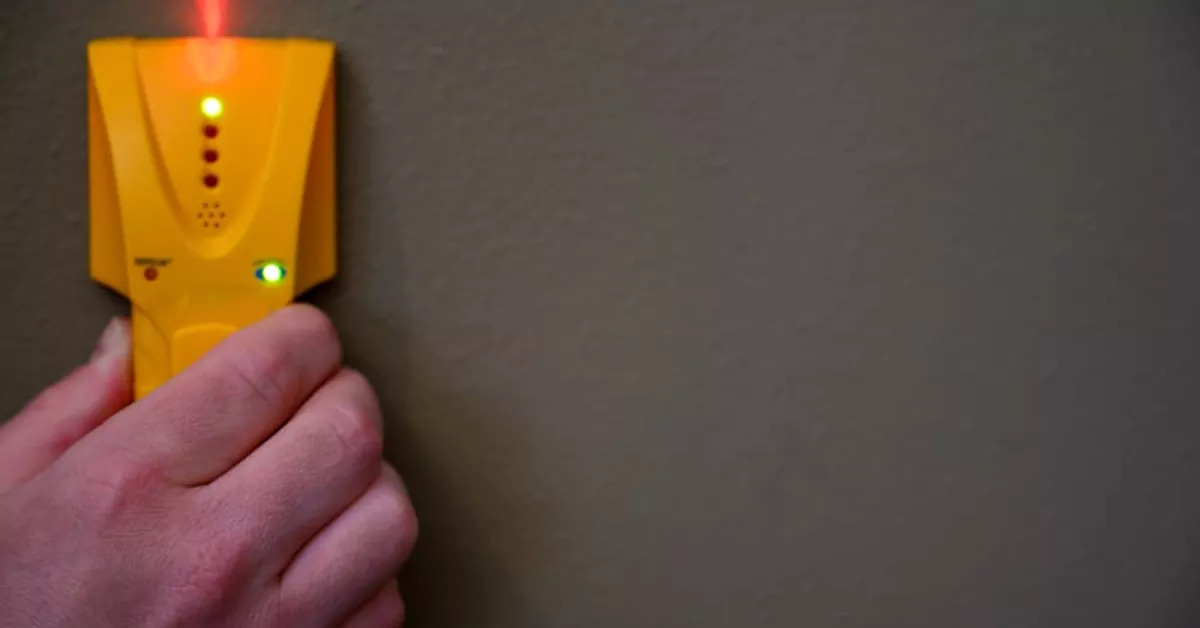
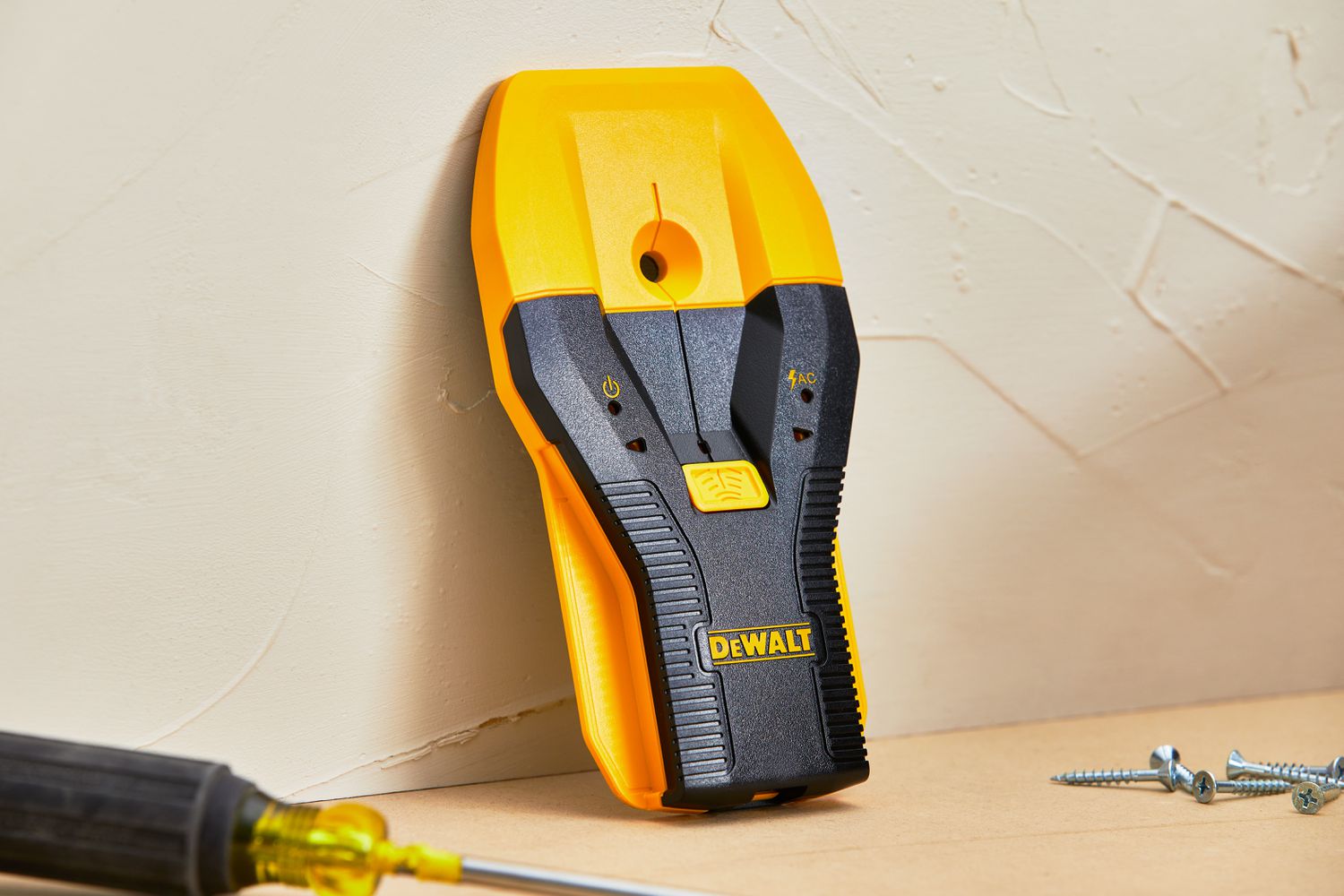
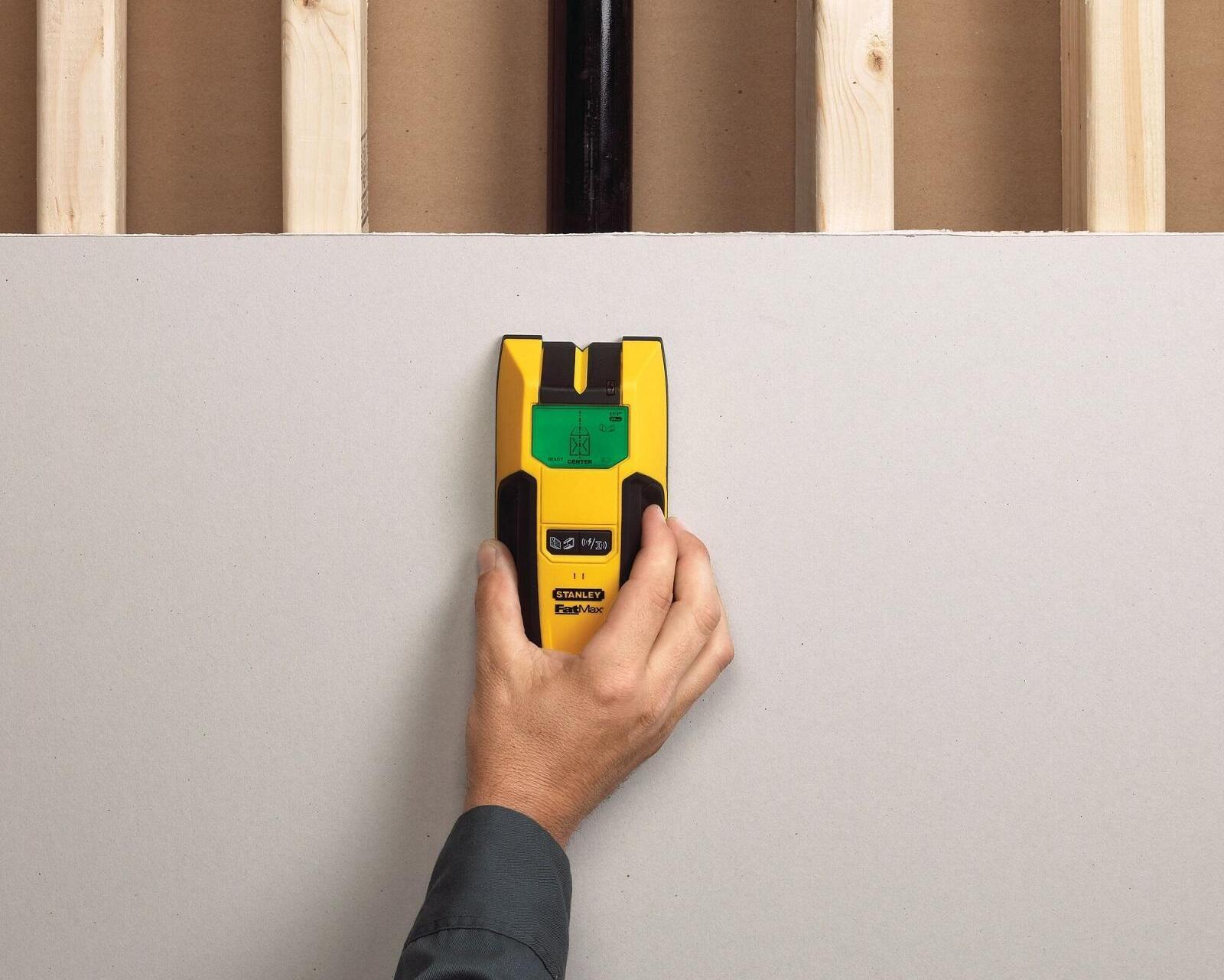
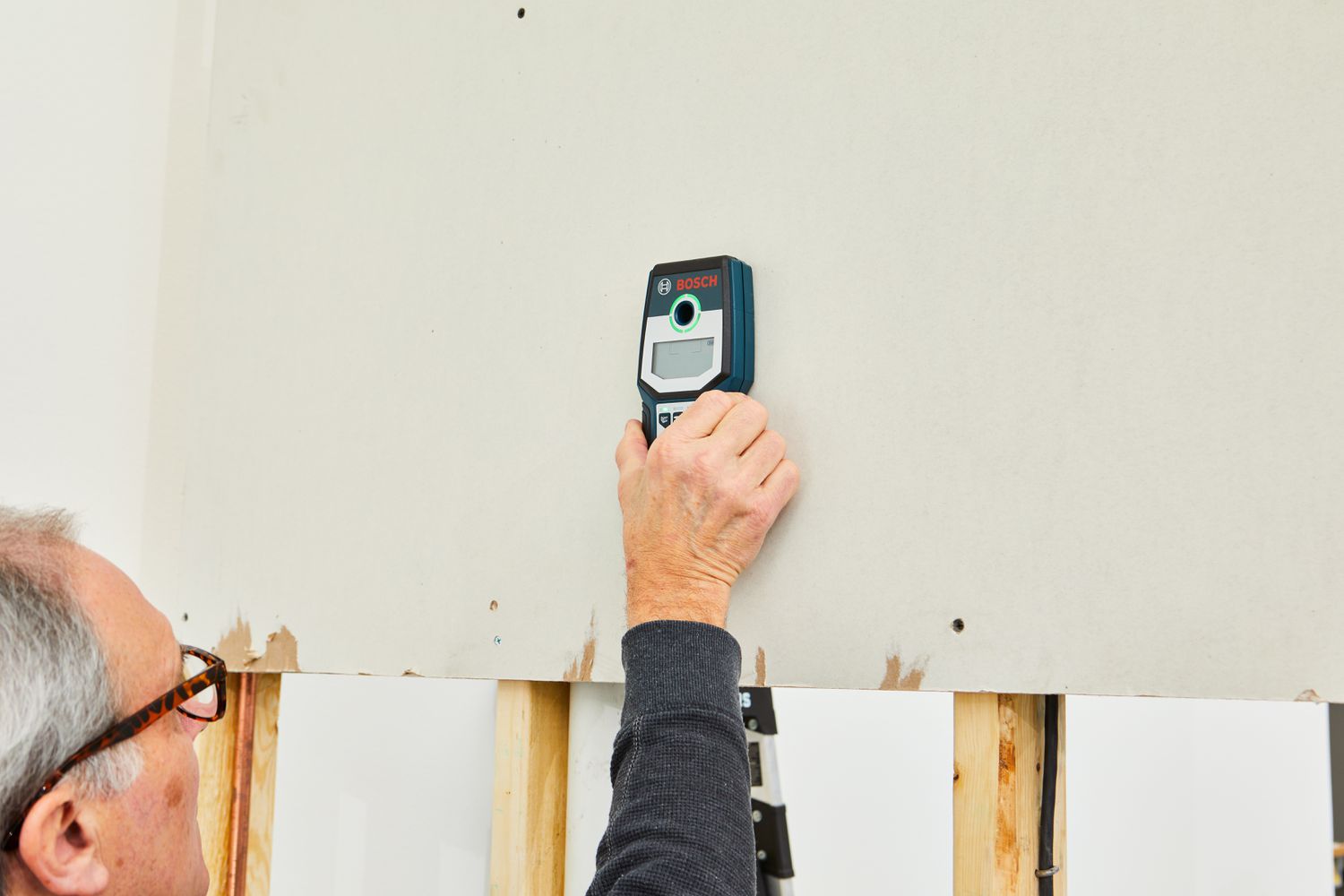
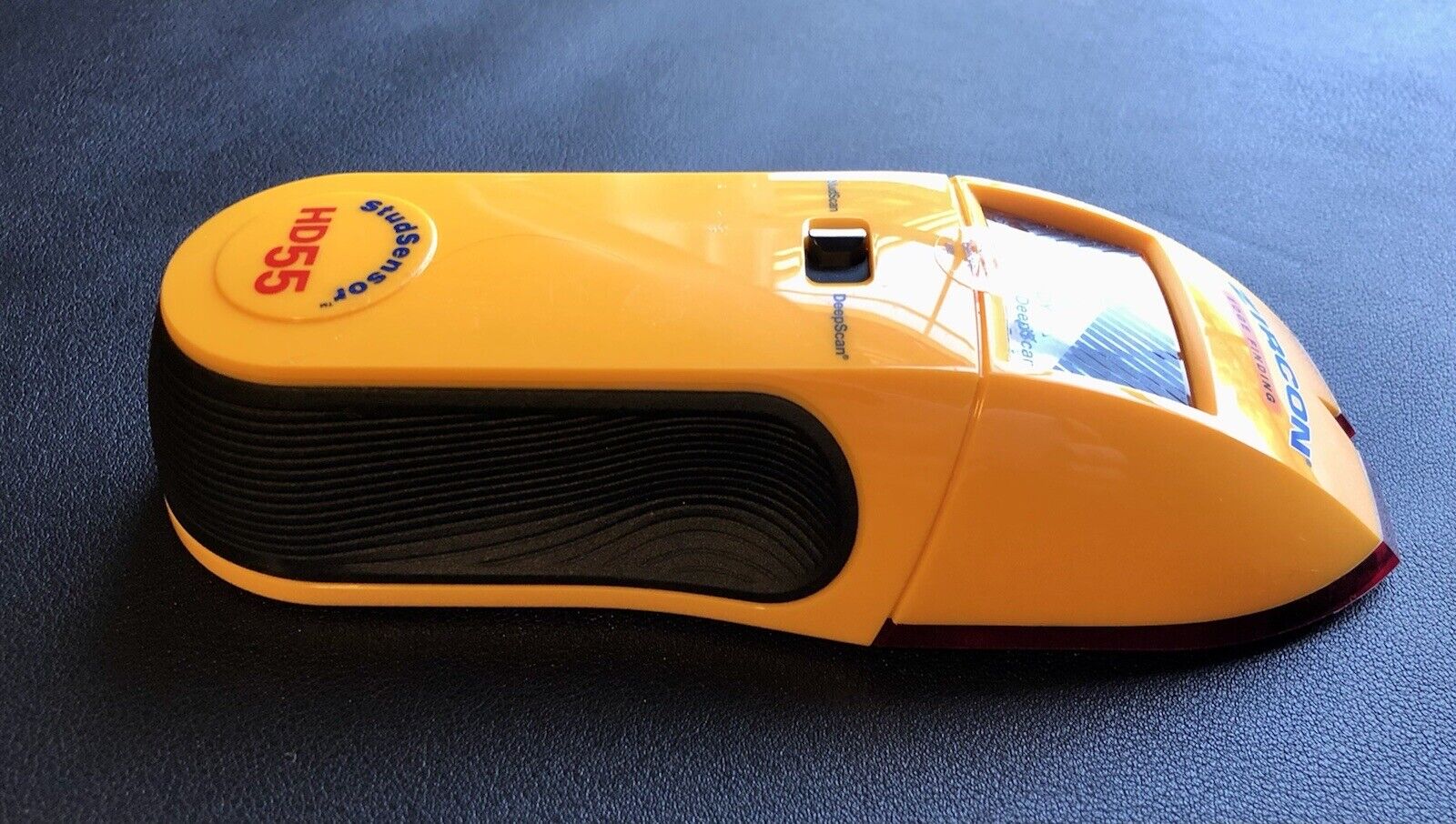
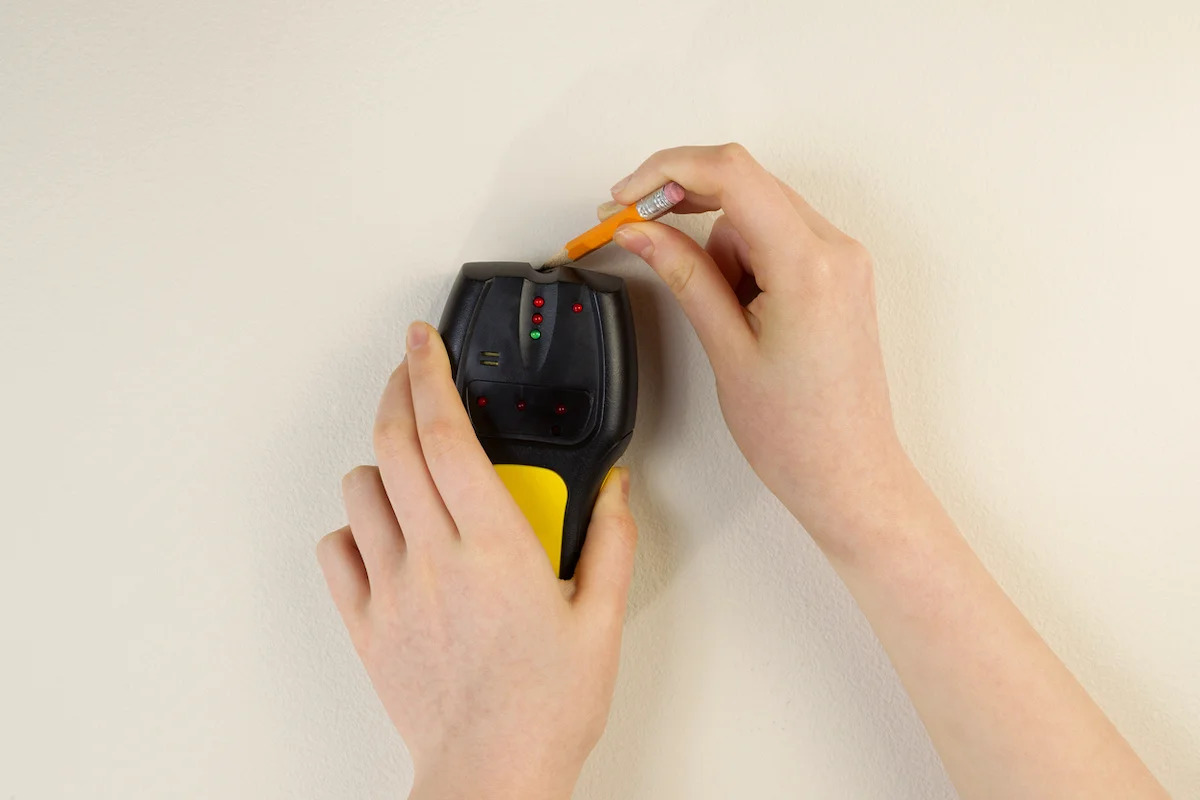
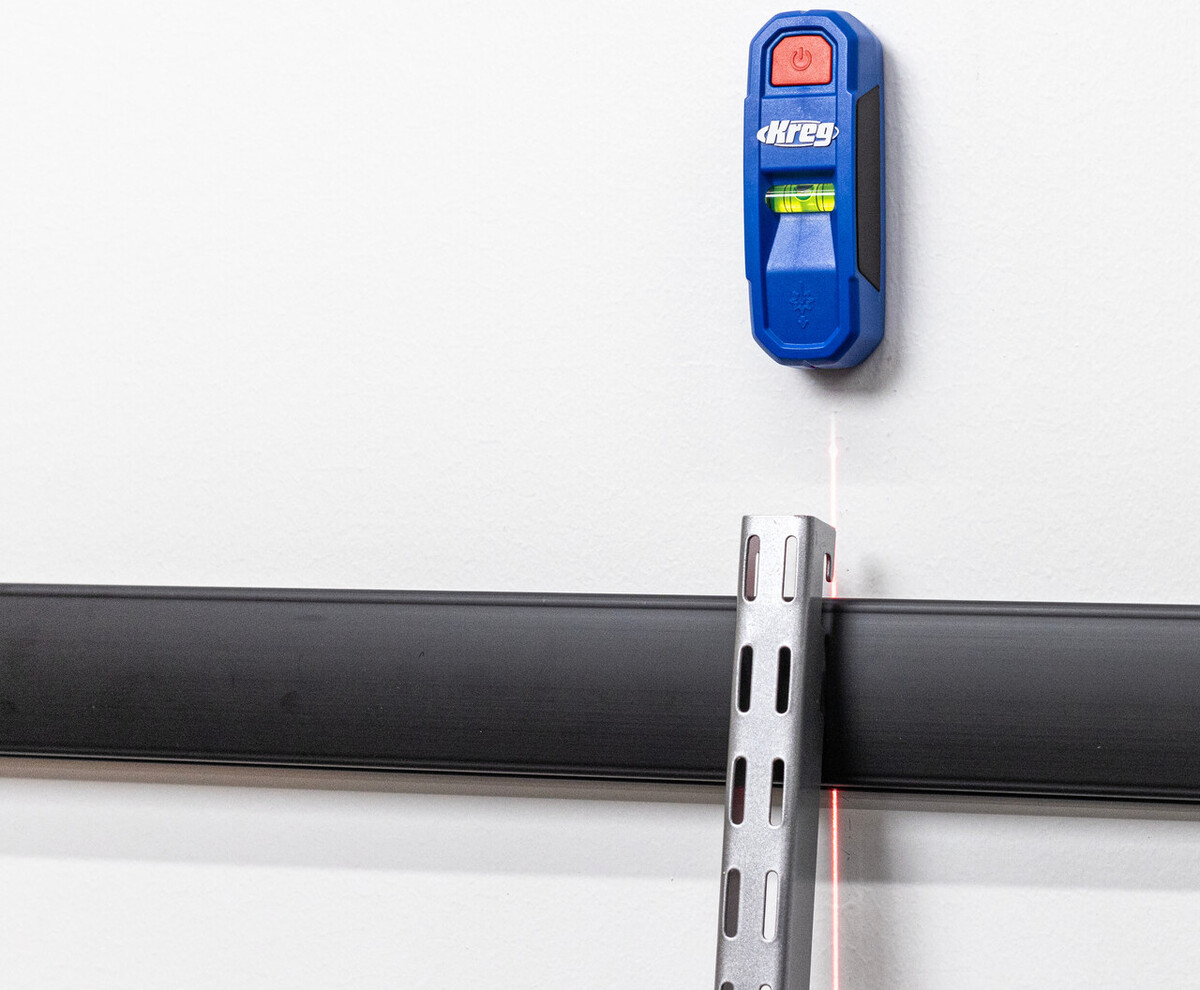
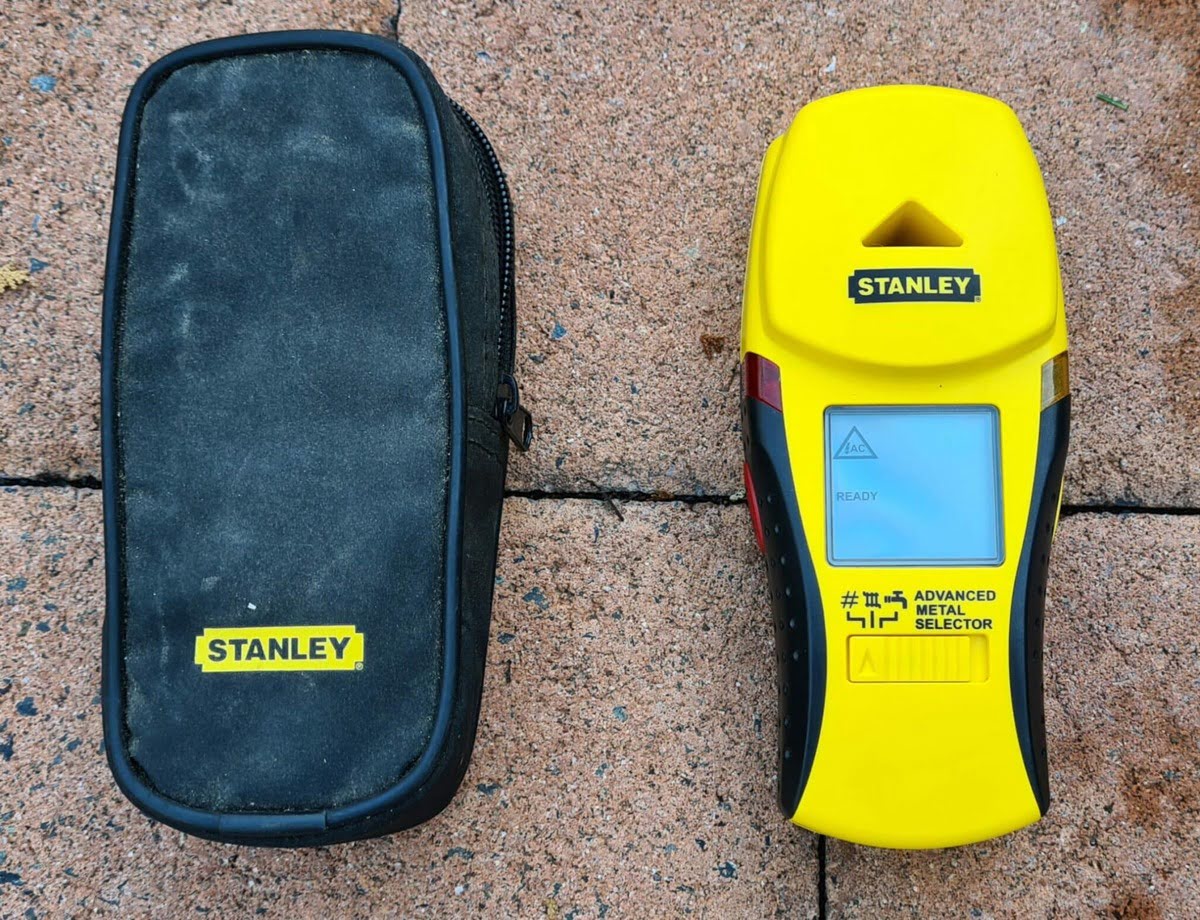

0 thoughts on “How To Find Stud In Ceiling Without Stud Finder”